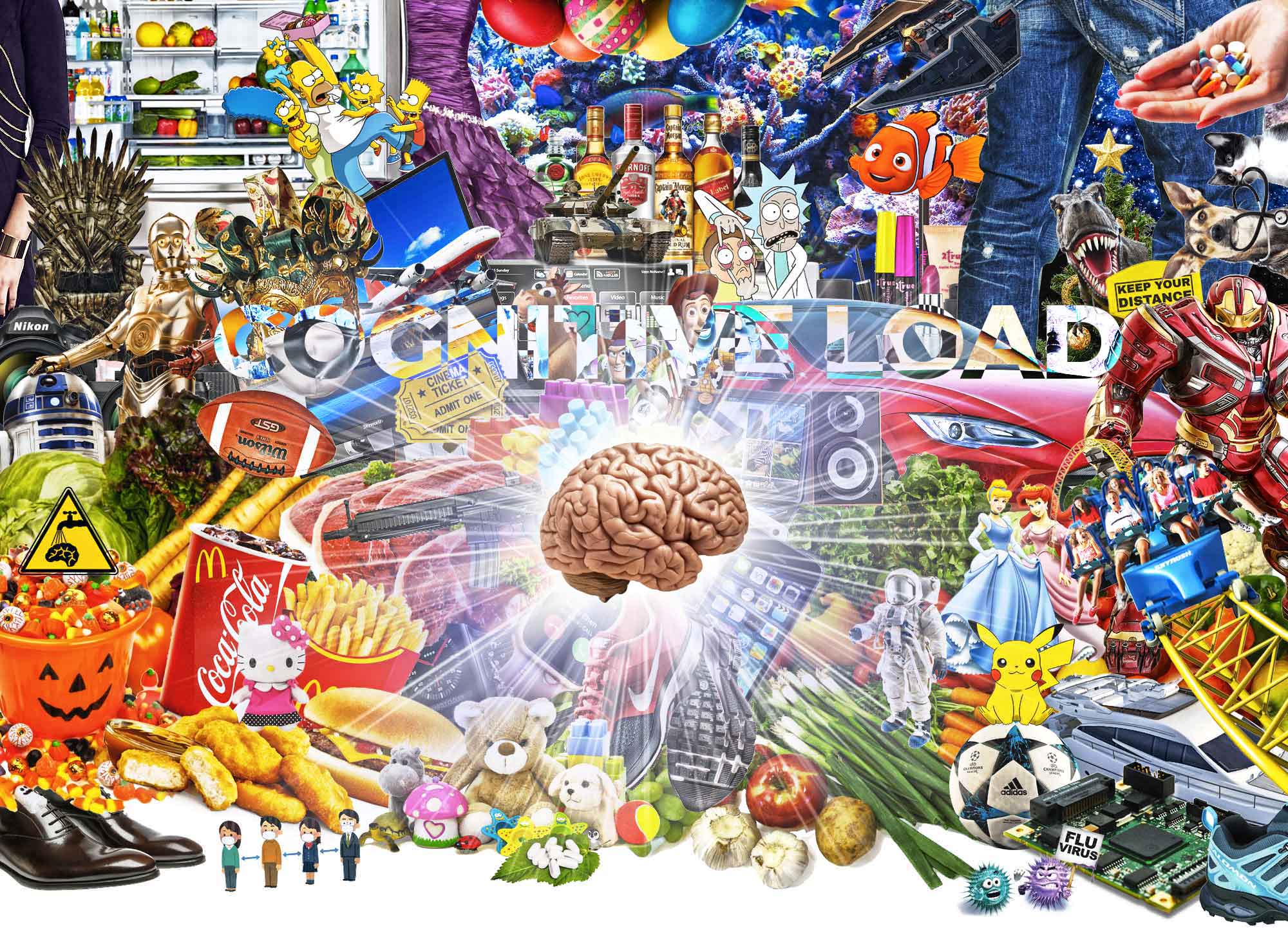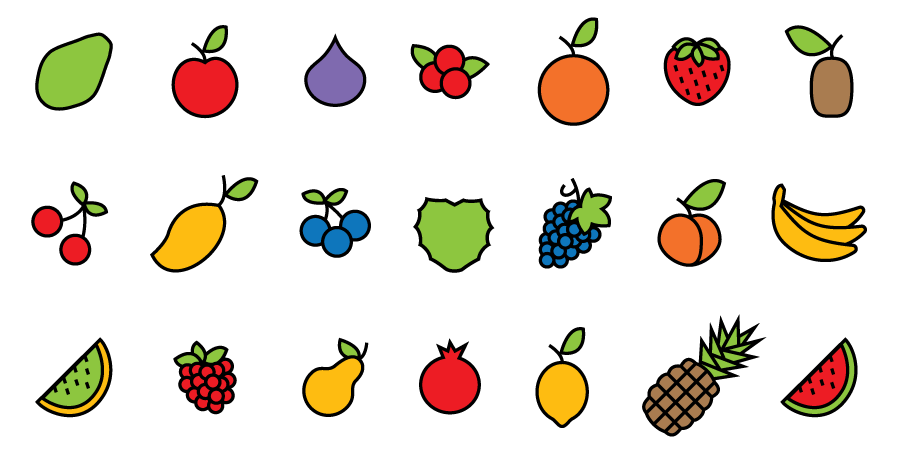
Cognitive Load
What is a Cognitive Load and what it means?
Our profession as designers and visual artists requires us to understand the basic laws of human perception.
In design as in almost all professions in the world there are endless ideas around the best practices on virtually everything. Ideas are always based on experiences extracted from the particular case/s and they create endless opinions but in this article we will focus on something quite different than ideas and opinions.
What is a Cognitive Load and what it means?
Ideas are based on past experience but is there something more solid which does not change?
It is natural human perception.
Yes I’m talking about the nature which gave us this physical body with all it’s limitations. It also gave us a certain perception which is as it is and we can’t do much about it.
The only thing we can do regarding the perception is to understand it and make use of it. We see colours that our eyes are made to perceive with our brain (with some variations with color blindness etc).
Also on the other hand our human brain can process up to an x amount of information in a “row” in a particular time span and so on.
Why do I mention this? This is something most people understand as it is the reality of human condition which we can confirm every day while living in this body we have and in interaction with, others and with world/life in general.
It is extremely important to understand the limits of perception if we want to create successful products, interpret analysed data correctly and communicate messages which can be received by others with understanding.
How the perception is shaped, how much we can assimilate, how much is too much in one view and so on?
So let’s see a little example which sums up this so called “cognitive load” as simple as possible so you can test with yourself and others.
Ok so now try to imagine a situation in which you are hungry and in a rush to catch a plain and you would like to quick snack one fruit before flight (maybe you don’t eat fruit or fly for some reason but try to imagine as the choice apply to any other situation).
Than you are offered to chose from:
Scenario A

Papaya, apple, fig, orange, cranberries, orange, strawberry, kiwi, cherry, mango, blueberry, cherimoya, grapes, peach, bananas, honey melon, raspberry, pear, pomegranate, lemon, pineapple, water melon.
Scenario B

Apple, bananas, grapes, orange, strawberry.
How do you feel about it?
What menu is easier to chose from?
Scenario A or B?
Obviously in Scenario A your perception is overloaded and your decision making is much harder/slower due to a big variety of choices with not much time to process (in addition to that all is given the same importance as it is sorted to show as equal so there is no difference).
In this case you would pickup anything that comes first in the list that you can recall having a good past experience with or you would get frustrated and leave that desire and run to not miss the flight.
In the Scenario B there is less variety but the choice is almost instant.
(You can chose even by the unconscious method of segmented elimination, where in the mind you eliminate what you “don’t want” vs “what remains” which is not the case with Scenario A. In case A eliminating something from the long list there is no mental space for mind to hold on to eliminated images and all the potential choices, until the actual decision is made or paragon with.)
